Health and Risk Assessment Monitoring
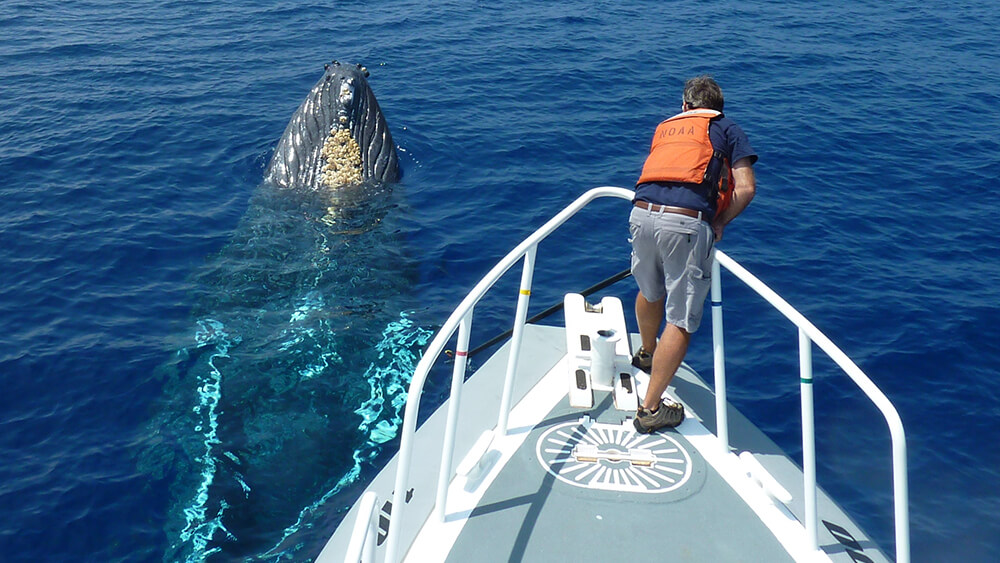
The sanctuary’s research and monitoring includes assessing the health of and risk to humpback whales at both individual and population levels. We also study the relative abundance of humpback whales and how they use their habitat. Researchers identify individuals and track them over time by their flukes, which are as individual as fingerprints. As part of a regional collaboration and means to increase the scope of effort, the sanctuary shares its fluke IDs with Happywhale, a regional digital catalog.
The sanctuary conducts dedicated and directed monitoring cruises, and also supports and works with partners to broaden the scope of their effort. Partners include state and federal agencies, the tour industry, fishermen, researchers, private citizens, and others. The on-water community is a big part of the sanctuary’s monitoring effort as they provide a broad-based opportunistic effort to monitor the animals.
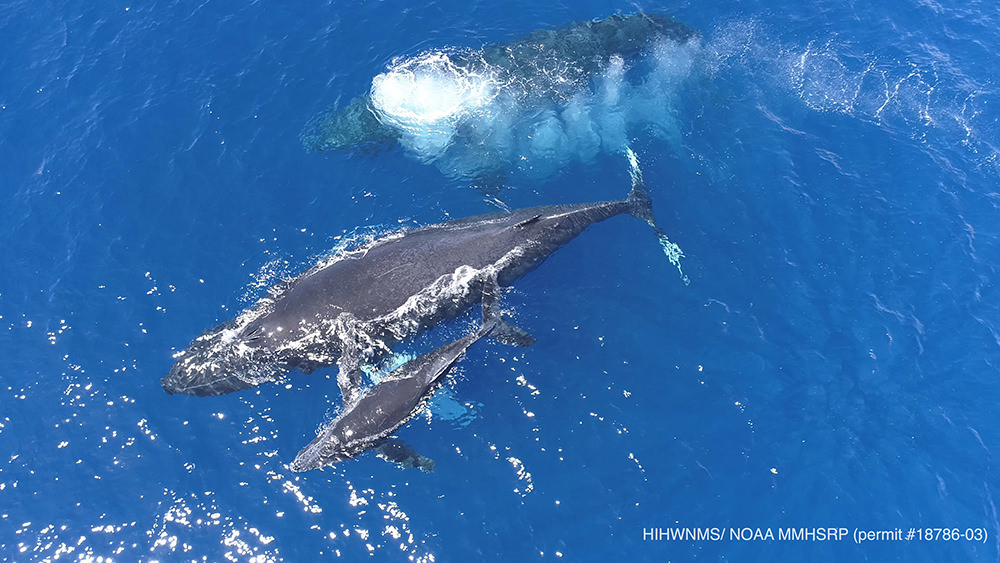
We assess the health and body condition of humpback whales using indicators such as emaciation, skin characteristics, and the presence of cyamid whale lice patches. We use underwater cameras, taking advantage of our area’s clear waters, to perform full-body health assessment. In recent years, the sanctuary has pursued the use of sUAS (small unmanned aircraft systems) platforms or drones for large whale entanglement response efforts along with health and risk assessment monitoring.
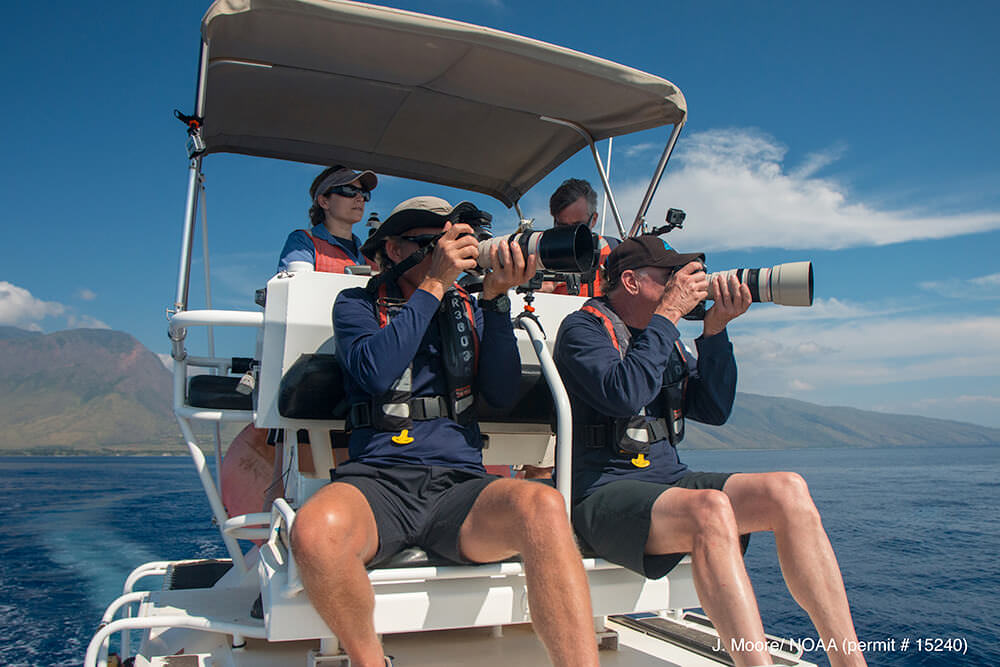
To assess entanglement risk, we analyze the non-lethal entanglement rate for humpback whales in Hawaiʻi by evaluating photographs for scars consistent with prior non-lethal entanglement. This methodology has been used in other regions of the world and on multiple species of large whales. As the scope of the entanglement threat to large whales is unknown, this technique allows researchers to better gauge the impact that entanglement has at the population level. Studies conducted by the sanctuary in the Maui Nui region show that in general, one in five humpback whales has scars indicative of being recently entangled. Assessment of other parts of the body determined from underwater imagery indicates the entanglement rate is greater.
Surveys performed during monitoring cruises provide relative abundance and habitat usage measures. The sanctuary's opportunistic transects cover the southeastern portion of the ‘Au‘au Channel and complement the sanctuary’s dedicated transect and shoreside survey efforts. We are pursuing community-based vessel-based transect surveys with the on-water community.
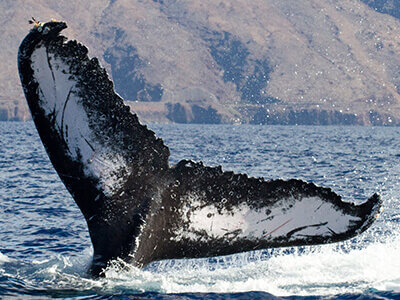
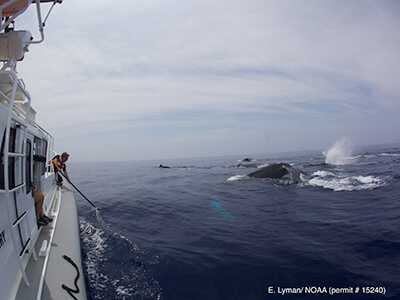
Pigmentation on the underside of the flukes (tail), along with the shape of the trailing edge, are unique to each individual humpback whale. It is their fingerprint. The sanctuary documents whales during research trips and response efforts, resulting in a fluke catalog comprised of well over 1,000 individuals and growing with each field season. Re-sights allow us to monitor animals that have been struck by ships, entangled, or otherwise compromised over time, so that we can characterize the healing process of wounds on animals and determine whether the animal has or is likely to survive.

